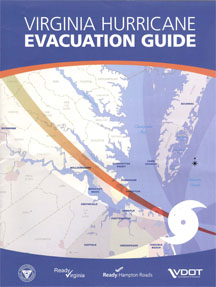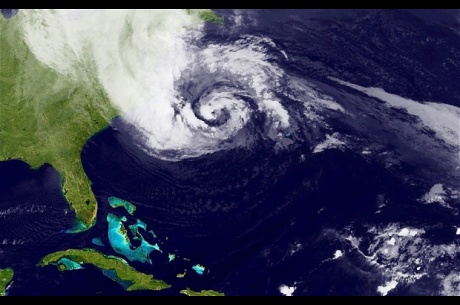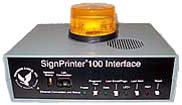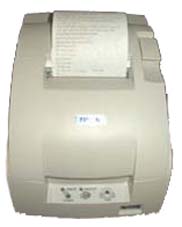|
FCC Amends Rules To Permit Weather Alerts to be Broadcast
|

|
There are 1000's of Low Power AM radio transmitters near highways, airports and parks
throughout the country, each providing localized important information to the traveling
public.
|
|
One of the most feared traffic nightmares is the mass evacuation of coastal residents to
avoid a hurricane. Many locations have limited highway capacity to coastal areas. To increase roadway
capacity, highway travel lanes can be 'reversed'. During an evacuation, the 2 eastbound, as
well as the westbound lanes of I-64 will all be westbound.
|

|
|

|
Each Low Power AM station has an intentionally limited range of about 2-10 miles. The
FCC rule change now permits a 'ribbon' of these small stations to transmit emergency information to travelers, so a
number of transmitters could cover the I-64 evacuation route providing critical information on gas,
restrooms, weather, traffic, food, medical care and exits.
|
|
Noting the importance of weather to travelers, the
FCC rule change now specifically permits the automatic rebroadcast of severe weather and
emergency information to the public on these systems. Thunder Eagle's
WE110/AE120 has been reliably providing these critical weather alerts on Low Power AM
transmitters throughout the country for many years.
|
|
Hurricane Sandy was a true test of emergency communications. Many communities lost all power
and communications for weeks.
Low Power AM (stories from Sandy), some running on solar charged batteries, often became the only source of
emergency information, including severe weather, food, shelters, ice and emergency governmental assistance.
|

|
|

|
Most government rules are dry hard reading. The FCC's rules are no exception. But it is interesting
to see the back and forth comments and how they were integrated into the final rulemaking. Thunder Eagle
is gratified that many of its
thoughts and comments on the use of Low Power AM for emergency communiations were adopted
into the final rules.. The FCC is thanked
for the effort and foresight in creating Low Power AM rules that will save lives and
property in the future.
|
|

WE110 – Stand-alone Receiver

WE110R-Rack Mount

WE110 Receiver -
AE120 SAME-EAS Decoder

WE105 Receiver -
AE400 SAME-EAS
Decoder
Translates Alerts to Text

MRI-100 MultiRadio Interface

FipsServer Custom Weather Website

SP100 SignPrinter Interface

One Line LED Signboard

Two Line LED Signboard

Rugged Printer

Strobe Light
|











